The rose robin, also known by its scientific name Petroica rosea, is a tiny bird belonging to the passerine family. Passerines are characterized by their sparrow-like appearance and unique toe arrangement, with three toes pointing forward and one pointing back.
This bird is sexually dimorphic, meaning that males and females have different physical characteristics. Male rose robins have a dark grey back, a white patch above the bill, and a bright rose-pink chest. Their abdomen and outer tail feathers are white, while their wings and upper tail are dark grayish.
Females, on the other hand, are mostly brown-gray with a small white patch on the chest and white and off-white outer feathers. They may also have a pale pink wash across the chest. Young rose robins tend to resemble females.
Rose robins are primarily found in eastern and southeastern parts of Australia, inhabiting wet sclerophyll forests and rainforest areas. They prefer gullies and valleys and migrate to drier forests when the temperature drops.
These birds mainly feed on insects such as caterpillars, wasps, weevils, and spiders, which they find in tree canopies. They occasionally catch insects on the wing.
Rose robins breed from September to January and build neat cup-shaped nests from moss and ferns. They use spider webs, feathers, and fur to bind and fill the nest, and coat the exterior with lichen. The nests are generally located around 33-66 feet above the ground, and the female lays two or three eggs. Both sexes feed the young, and the female incubates the eggs.
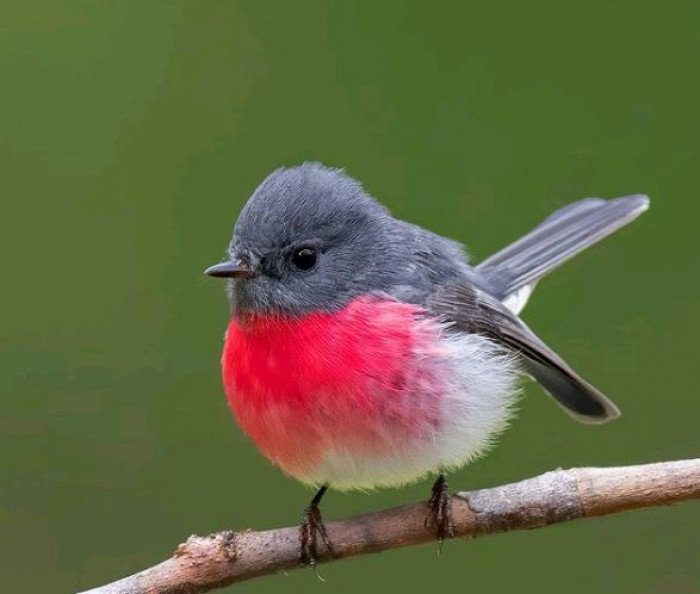
It is sexually dimorphic. Females are mostly a shade of brown-gray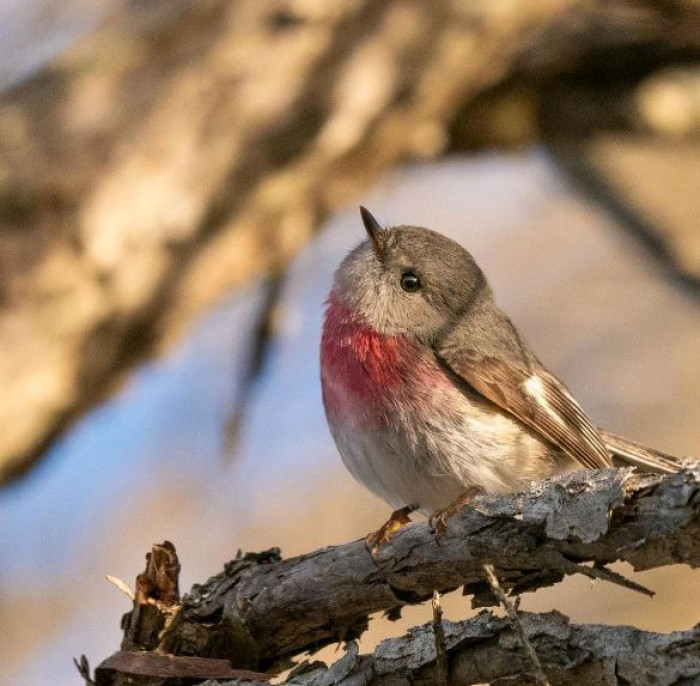
Adult birds are around 4.3 inches in length. When foraging, Rose Robins seldom stay still, darting out from a perch in pursuit of flying insects with an aerobatic, tumbling flight or snatching insects from the foliage.
Even when perched, they constantly shift position or change perches by making short flights every few seconds. They often join mixed-species feeding flocks, accompanying thornbills, fantails, and other small insectivorous species.
These birds mainly inhabit areas in eastern and southeastern Australia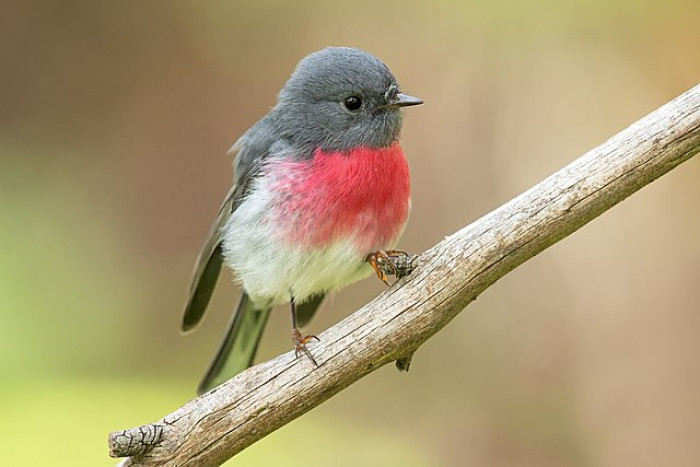
Rose Robins mostly feed on insects they find in tree canopies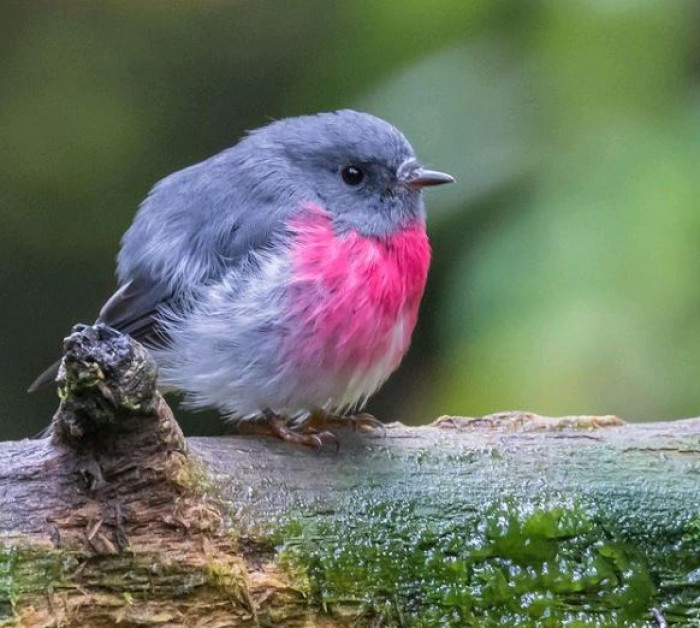
It is easy to confuse Rose Robin with the other red robins that share its wet forest habitat, with the young birds and females being the hardest to distinguish. In general, it tends to be slimmer with a much longer tail and shorter legs.
It can be distinguished from the somewhat similar Pink Robin by the following: the male not as black, and the pink only on the chest (it extends further down abdomen for Pink Robin), while the female is more grey than brown; the Pink Robin also has no white feathers in the tail.
Flame Robins are generally bigger and bulkier, with males having a distinctive white wing bar not seen in the Rose Robin.
They breed between September to January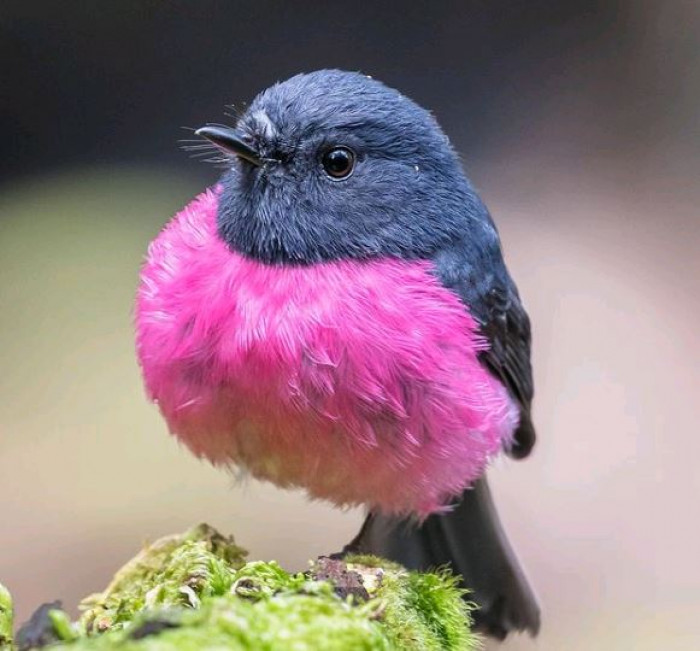
The species is reported to be locally quite common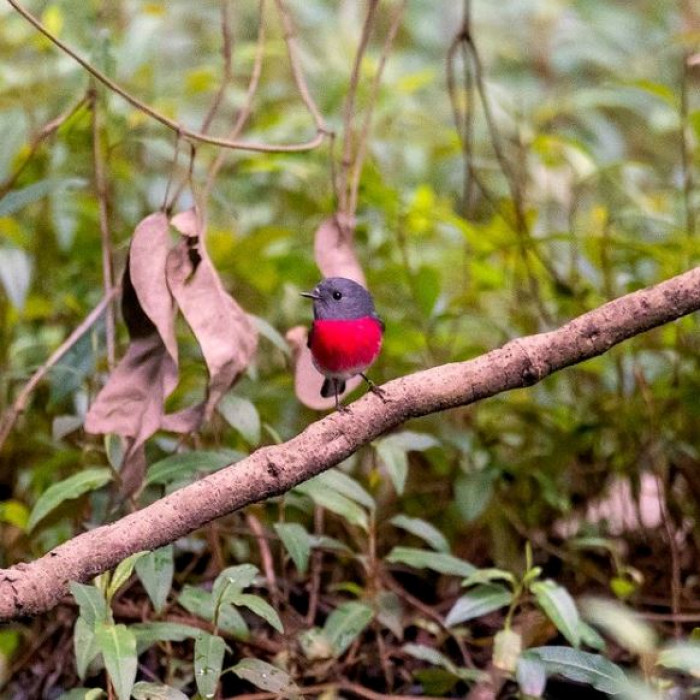
Rose Robins seldom stay still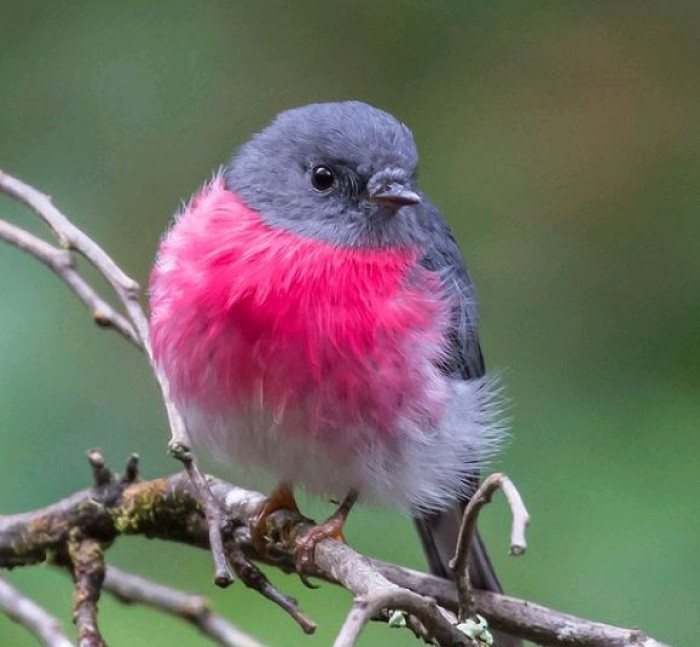
Even when perched, they constantly shift position every few seconds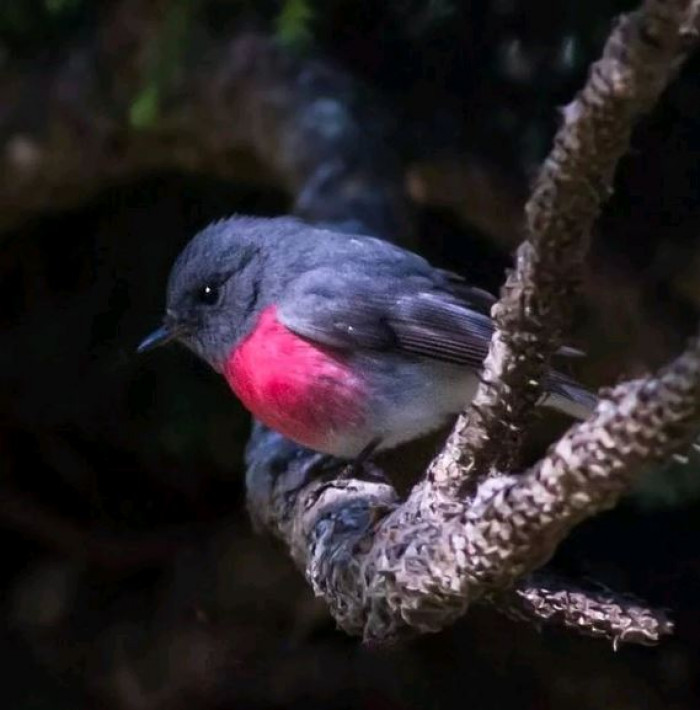
Watch them on video:
Fuente: https://dailysquared.com/








